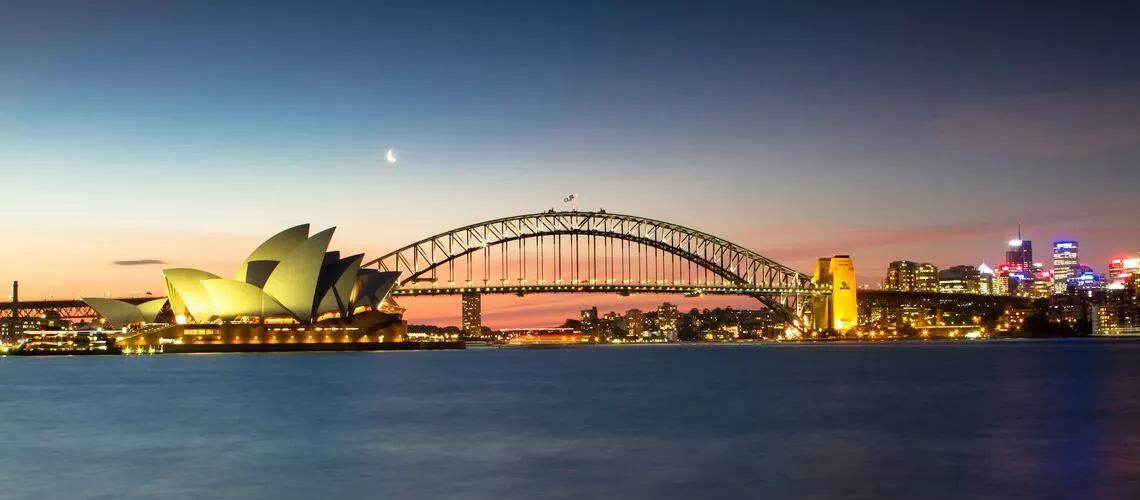The commercial real estate landscape in Sydney is facing uncertainty in 2023 amidst economic headwinds and post-pandemic work pattern changes. However, some property sectors are better positioned than others. Here is an outlook across office, retail, industrial and multifamily commercial real estate in Sydney for the year ahead.
Office Market Faces Oversupply Challenges
The Sydney CBD office market is still struggling with excess vacancies and weak demand. The vacancy rate sits above 10% due to subleasing and downsizing by major tenants. Rents continue to decline as incentives rise.
With hybrid remote work now common, most experts don’t foresee office demand rebounding to pre-pandemic levels. New supply is also still in the pipeline, further expanding vacancies. Some obsolete buildings may be converted to other uses.
Trends to watch include flight to quality as tenants upgrade to newer buildings. Wellness and amenities will be key draws. Overall though, the oversupplied office market faces a bumpy recovery period.
Retail Reliant on In-Person Experiences
Sydney’s retail sector sees a tale of two recoveries. Neighbourhood high street shops are rebounding as consumers return to in-person shopping and dining. But CBD and mall retailers still suffer from much lower foot traffic as white-collar office workers stay home more.
Retailers offering services and experiences drawing in locals are best positioned. Examples include restaurants, salons, fitness studios and entertainment concepts. Pure brick-and-mortar retail will need to shrink footprints as e-commerce grows.
Industrial Demand Stays Red Hot
Industrial has been the top-performing commercial asset class and should see continued low vacancies and rent growth. The acceleration of e-commerce and resilience of manufacturing supports demand for facilities from warehouses to last-mile delivery hubs.
With limited land for new development, occupancy will remain extremely tight. Tenant demand is also diversifying from purely logistics into tech and life sciences. If interest rates rise, speculative construction may cool off slightly. But overall industrial fundamentals are solid.
Multifamily Housing Shortages Persist
The chronic undersupply of housing in Sydney keeps upward pressure on residential rents. Investors are keenly acquiring apartments and build-to-rent developments.
Population growth via immigration and internal migration continues outpacing new construction. If home prices correct, more first-time buyers may opt to rent longer too.
While rising interest rates present a headwind, multifamily real estate should deliver steady returns from Sydney’s housing shortage. Proximity to amenities is increasingly valued post-pandemic as well.
In summary, commercial real estate varies greatly by sector. Investors must understand nuances in supply and demand when assessing opportunities in Sydney’s shifting market.



